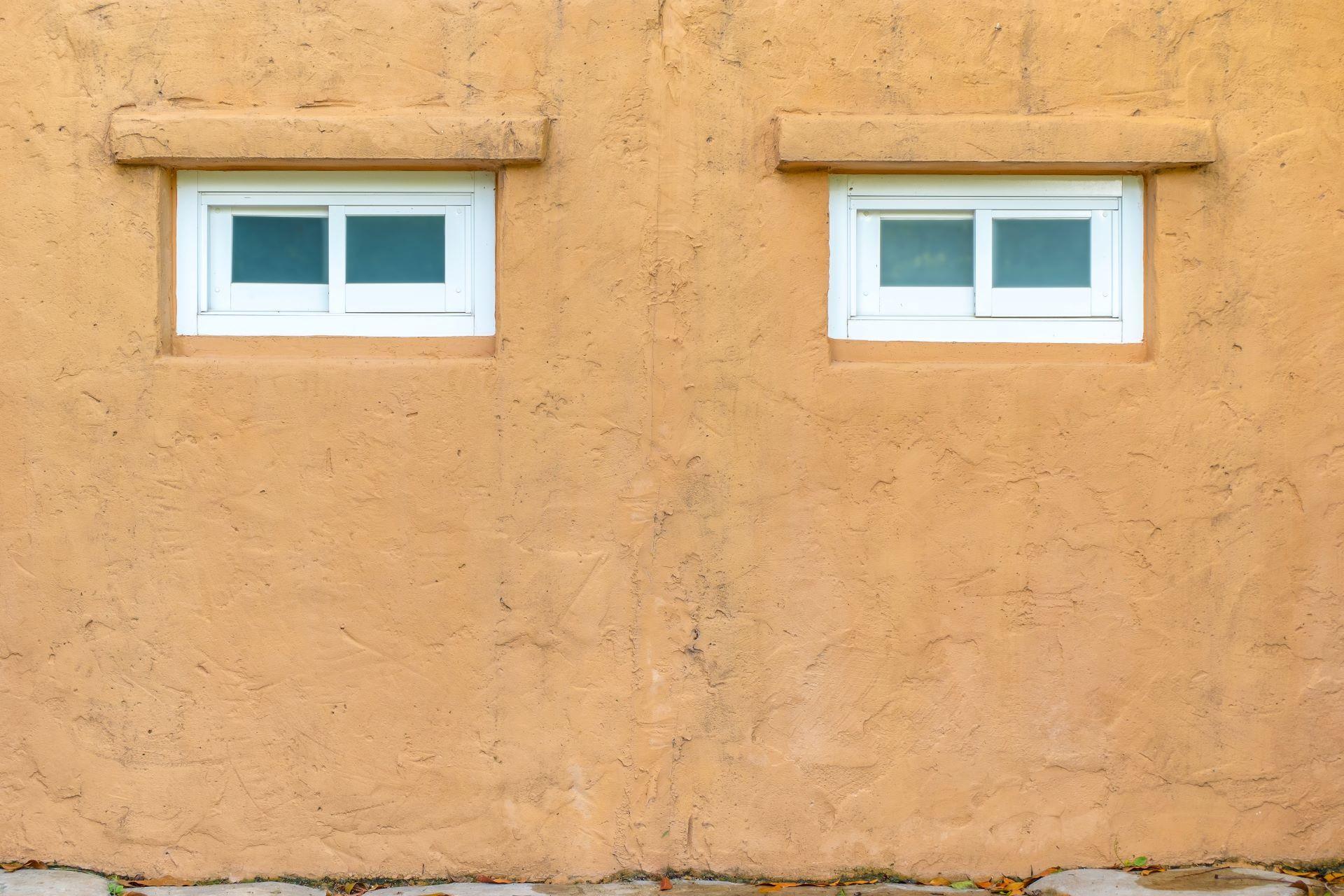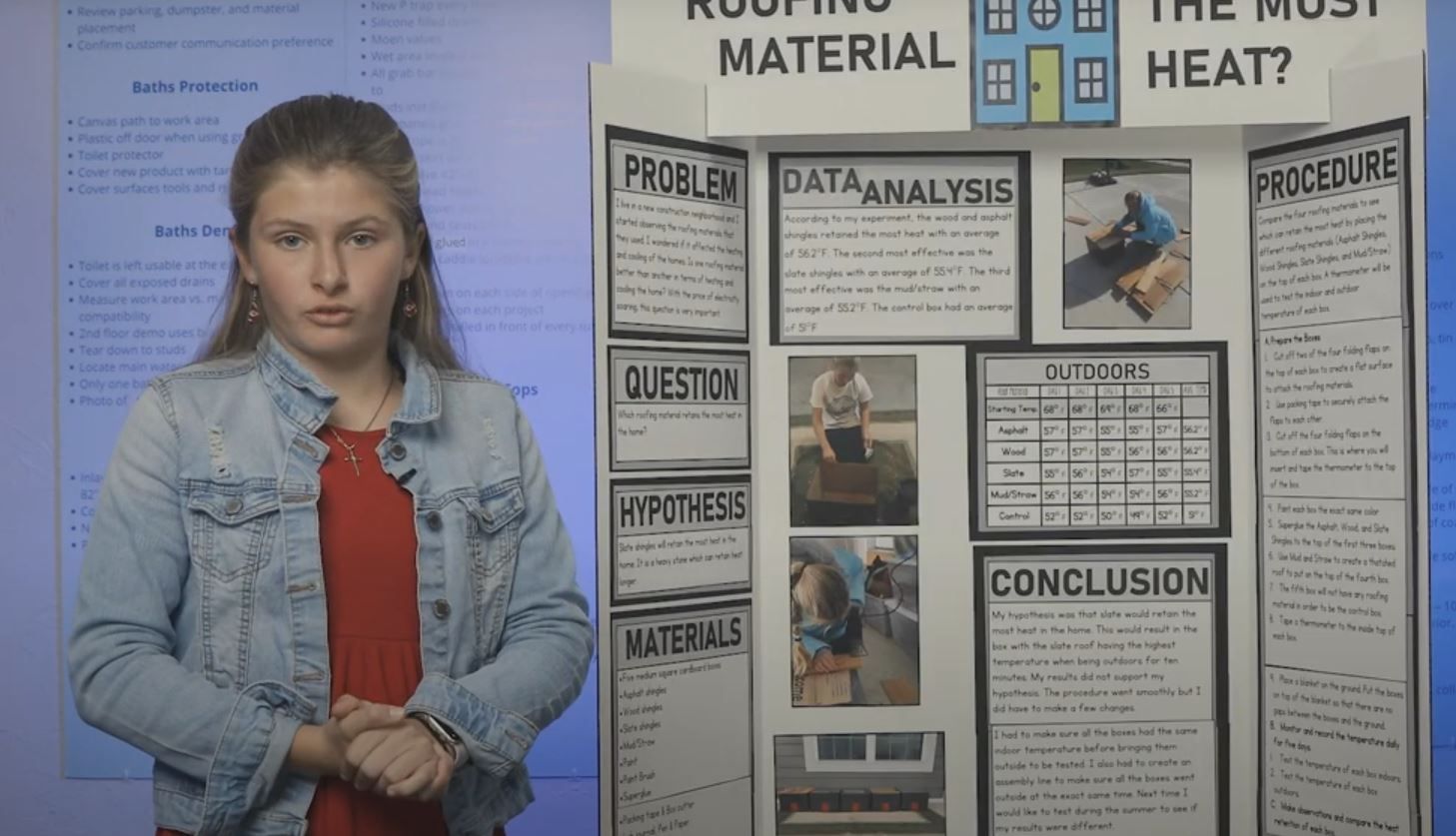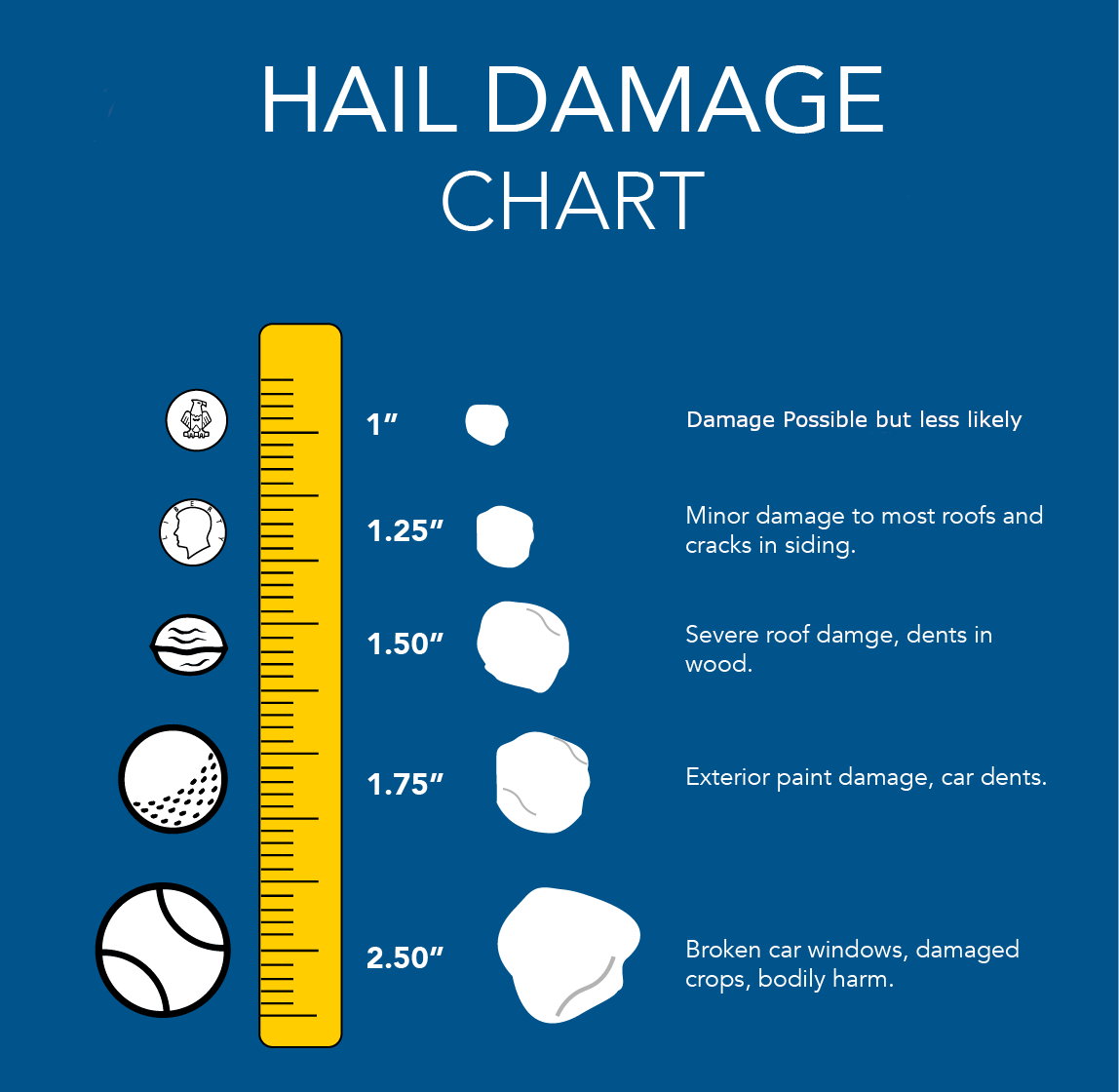The Ultimate Stucco Repair Guide: Signs & Methods
Stucco might seem bulletproof, but sooner or later, the cement shell can begin to crack and buckle. Water can get inside and as a homeowner, you know that this can lead to disaster. Once those blisters and cracks appear in your stucco, repair it right away.

Disclaimer: Fixing stucco yourself is possible for minor issues, but DIY stucco repair for major problems can put your home at risk. It’s always best to call in an expert that is professionally trained in repairing stucco correctly.
Here’s what you need to know about how to fix stucco.
Signs Your Stucco Needs Repair
Before we delve into how to repair stucco, let’s first discuss how to tell when it needs repair. Several signs could indicate your stucco is coming to the end of its lifespan. Here are some of the major symptoms you’re in need of stucco repair:
Cracks
Single hairline cracks might not be a problem, but if it’s more than a quarter-inch wide or several cracks, there’s a chance you’ve got structural problems. It could also mean that water has already made it inside. For this kind of damage, call in a trained professional for an evaluation.
Water Stains
Don’t just paint over water stains thinking it’ll solve the problem. That is simply masking the problem, not dealing with the real issue at hand. Water stains can indicate moisture has made it inside the stucco, which can lead to pooling and mold growth. Again, when there’s the possibility of water damage, don’t attempt stucco wall repair yourself.
Moss
Moss can quickly grow in the shady areas of your home, which can introduce moisture to your home. It must be scrubbed away with soapy water, borax, and bleach. Removing the nearby vegetation can help prevent the issue.
Crumbling
Age, stress, pests, vibrations, and poorly installed stucco can all lead to crumbling. Crumbling indicates the structure of the stucco has already been breached. You’ll need to get a professional evaluation to determine the right course of action.
Indentations/Soft Spots
Indentations and soft spots usually mean there’s water lurking underneath your stucco, which could indicate the need for major structural repairs. This is one of the biggest signs that you need to jump into action immediately.
Impact Damage
Weed whackers, lawnmowers, woodpeckers, and even the neighborhood kids could all lead to impact damage. Check for dents, scratches and cracks. The severity of this kind of damage can vary wildly, so be careful when performing your inspection.
How to Repair Stucco
Figuring out how to do stucco repair will depend on a variety of factors, the most important being the severity of the damage. As we mentioned above, there are several instances where you shouldn’t try stucco repair DIY methods. Familiarize yourself with signs of structural and water damage, and be sure to call in a professional.
However, for smaller issues like minor cracks that don’t present serious risk to your home, you can learn how to repair stucco walls yourself. Here’s a basic rundown of what the process of stucco repair looks like.
Step One – Break Away Loose Stucco
Grab your hammer or cold chisel and begin breaking off any loose stucco. Ensure you wear eye protection and avoid damaging the wood lath underneath. Continue until you reach the stucco stuck to the lath. If there’s any metal mesh, cut it away.
Step Two – Prep for New Stucco
Once you’ve reached the exposed lath, trim some grade-D builder’s paper and fit it tightly along the boundary where the old stucco meets the lath. Use roofing nails to fasten the builder’s paper to the path before adding a second layer of paper.
You’ll also want to procure some galvanized metal lath to place over the paper. Trim it so that it fits tightly to the edge of the stucco. Add more roofing nails through the mesh and the lath.
Step Three – Mix Your Stucco
Take the first-coat recipe for stucco and begin stirring a batch of it. You can use any old wheelbarrow as a mixing bowl. It’s recommended to add some acrylic bonding agent to improve the adhesion of the new stucco to the old stucco that’s staying in place.
Step Four – Add Stucco
Wet the edge of the old stucco and begin tossing some stucco from a brick trowel onto the wire lath until it’s fully covered, smoothing with a trowel as you go. The layer should be a half-inch thick when you’re done.
When the new stucco looks like it’s drying out, score the surface to make it easier to add the next coat. To avoid it from completely drying out, you can add a plastic sheet over the top.
Step Five – Apply the Second Coat
You’ll need to wait seven days before embarking on this step of stucco repair. Remove the plastic and mist your stucco. Mix up another round of stucco using a second-coat recipe. Start from the bottom and work your way up using the same application techniques as before until you’ve got a 3/8-inch coat.
Again, make sure it’s smooth and cover it back up with a plastic sheet to stop it from drying out.
Step Six – Finish It Up
The final step in stucco repair is to wait three days after adding your second coat. Remove the plastic, mist the area, and create the finish-coat recipe for stucco. Since this is the finish coat, you’ll need to use different techniques to get different textures. It all depends on the style of your home’s exterior.
Make sure you don’t try painting it for at least one week. With a heavy-bodied acrylic elastomer, the new stucco will be unrecognizable from the old one.
Partner with Bordner Home Improvement
Stucco repair may seem straightforward, but any mistake could compromise your home’s structural integrity. That’s why it’s always best to call in the experts. Don’t risk DIY stucco repair methods, call Bordner Home Improvement instead. We ensure that your stucco installation is perfect the first time, every time.
For all your home improvement needs, partner with Bordner and request a free consultation today!
REQUEST A FREE CONSULTATION
Financing Options for Our Valued Customers
Bordner offers financing options to help take care of your home improvement needs. Explore your options below.
Recent Posts
Quick Links
Proud to Serve Surrounding KC Area
© 2024 Bordner Home Improvement – 11701 E State Rte 350, Raytown, MO 64138 – (816) 542-6079 - Warranty Information - Designed & Managed by Tekkii





